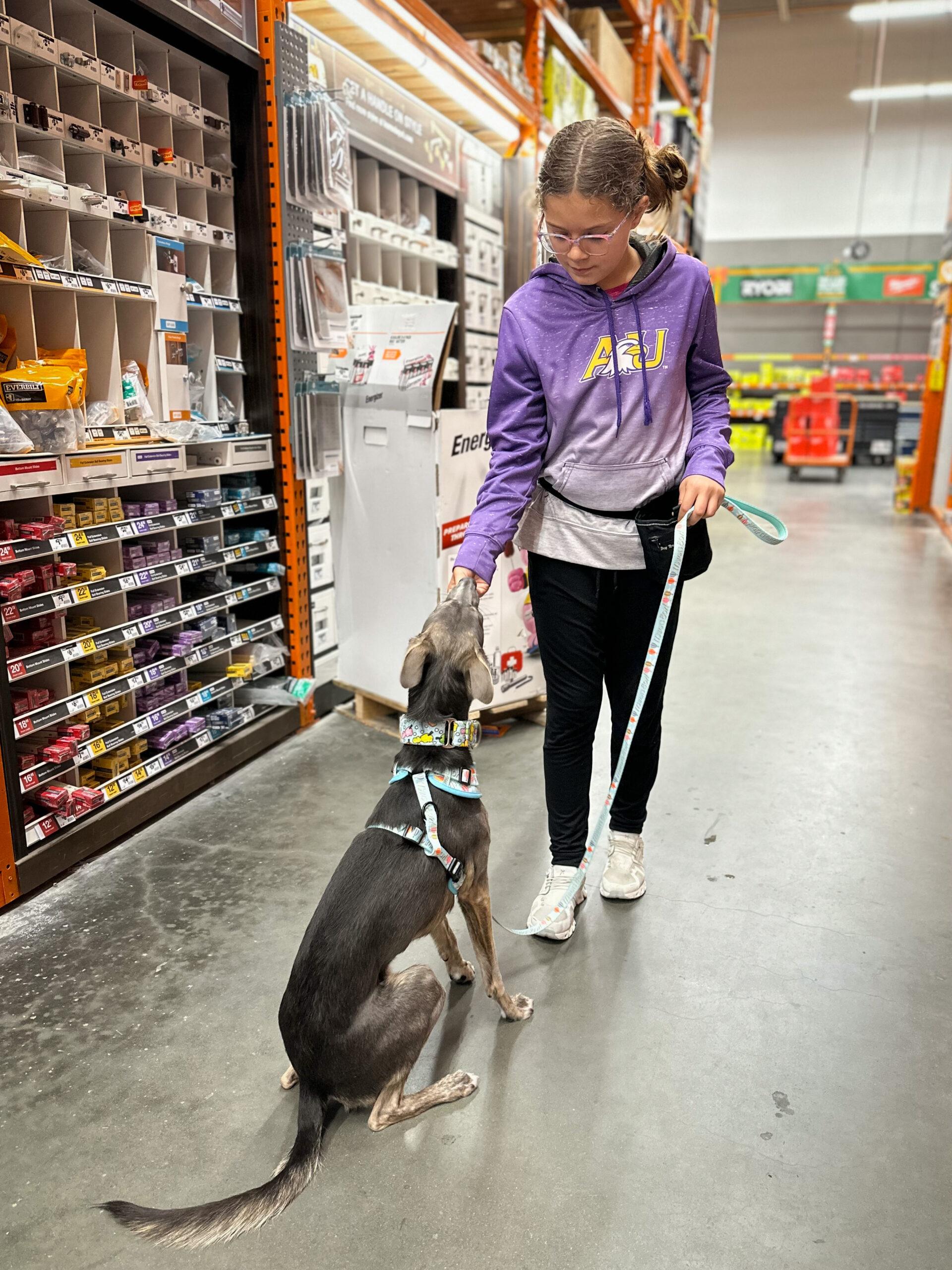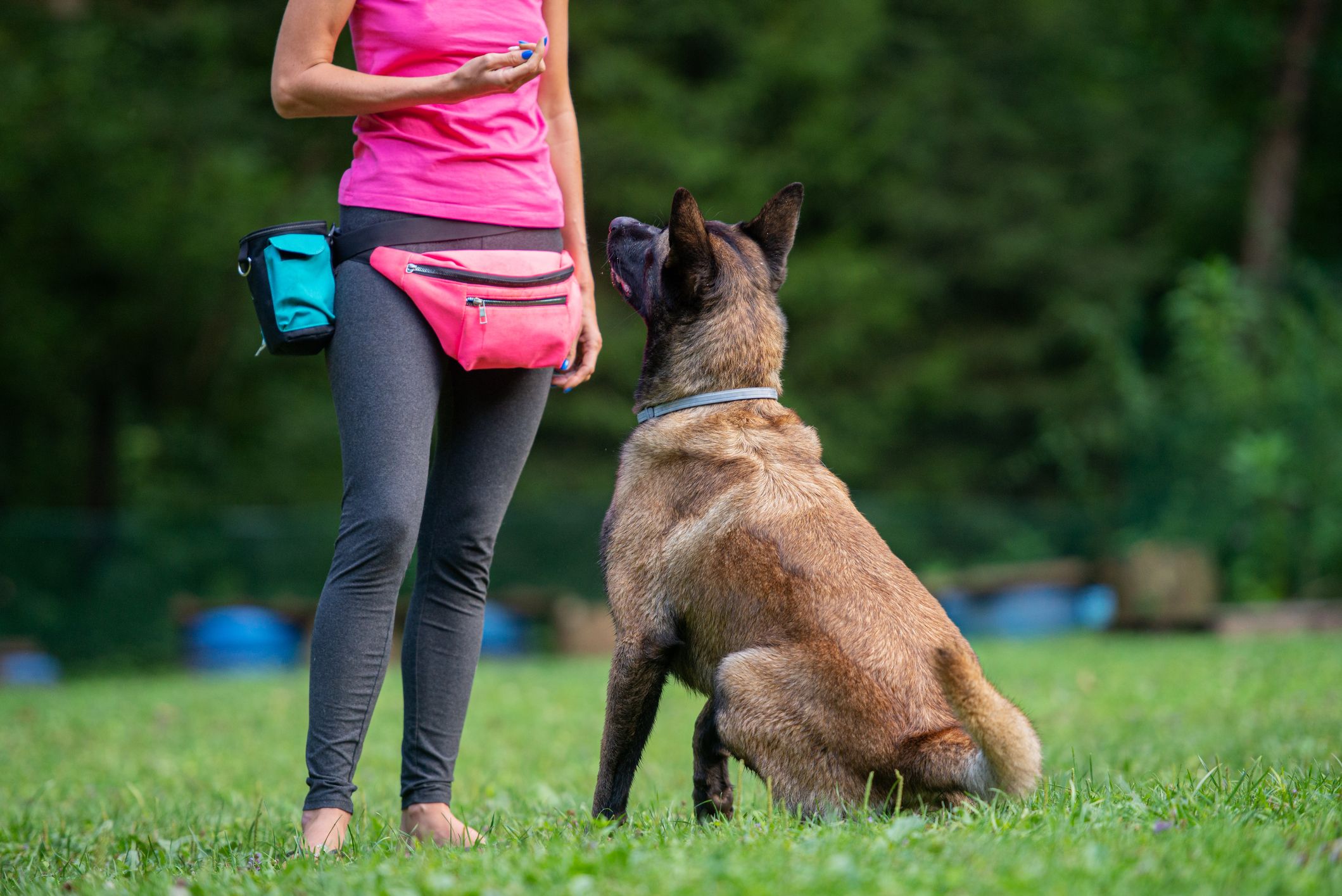Vital Tips for Effective Dog Training: An Overview for Pet Owners
Reliable pet dog training is a multifaceted procedure that requires a tactical strategy customized to both the pet dog's personality and the proprietor's purposes. Trick parts such as establishing constant commands, utilizing favorable support, and facilitating early socialization play vital duties in cultivating a well-adjusted canine buddy. Lots of animal owners experience challenges that can hinder progression, leading to stress and uncertainty. Recognizing how to browse these barriers can substantially enhance the training experience, ultimately changing the connection between proprietor and pet dog. What are the essential techniques that can be used to ensure success in this endeavor?
Recognizing Dog Actions
Comprehending pet actions is vital for effective training and cultivating a harmonious relationship in between pooches and their owners. dog training. Canines communicate largely via body language, articulations, and activities, making it important for proprietors to translate these signals properly.

Socialization plays a substantial role in pet dog actions; exposure to numerous settings, individuals, and other animals can considerably impact a pet dog's character. Elements such as breed qualities and specific temperament should assist training techniques, as some breeds might have details behavior traits that demand tailored methods. By understanding these aspects, proprietors can produce a supportive setting that motivates positive habits, leading to effective training end results and a much deeper bond with their pets.
Developing Consistent Commands
Efficient interaction with your canine starts with establishing constant commands. This fundamental aspect of training is critical for promoting understanding in between you and your animal. Uniformity in the commands you use ensures that your pet can reliably connect details words or phrases with the preferred actions.
When picking commands, choose clear, distinct words that are very easy to say and differentiate from one another. Stay clear of utilizing similar-sounding commands that might perplex your dog. Utilizing "rest" and "stay" is ideal, however "sit" and "hit" can lead to misunderstandings.
Additionally, maintain the same tone and quantity for each command. Canines are delicate to singing signs, so varying your tone can create confusion.
It is similarly important to ensure that all family participants are on the same page pertaining to the commands made use of. A united front in command usage will protect against combined signals and enhance the understanding process.
Positive Support Techniques
The power of positive support in canine training lies in its capacity to urge wanted habits through benefits and praise. This strategy is based in the concept that behaviors adhered to by positive outcomes are more probable to be repeated. By integrating positive reinforcement right into your training program, you can efficiently shape your pet dog's behavior in a positive manner.
To implement favorable reinforcement, it's important to determine what motivates your canine, whether it be deals click this site with, toys, or spoken appreciation. When your canine does a desired action, such as remaining on command, immediately award them with a treat or love. This organization between the command and the favorable end result strengthens their understanding.
It's vital to timing the benefits properly; supplying the reinforcement within seconds of the preferred habits aids your pet make the connection (dog training). Furthermore, consistency is crucial-- guarantee that all relative use the very same commands and reward systems to prevent complication

Progressively, you can lower the frequency of deals with as your pet finds out the habits, transitioning to commend or recurring rewards. This method not only promotes a strong bond between you and your pet dog however also advertises a favorable knowing setting, making training a pleasurable experience for both.
Socialization and Communication
Consistently exposing your canine to a selection of settings, people, and other animals is essential for their social advancement. Socializing should begin early, preferably throughout the essential window of 3 to 14 weeks, when young puppies are most receptive to new experiences. Older canines can also benefit from recurring socializing initiatives.
Present your pet to various settings, such as parks, pet-friendly stores, and urban locations. This direct exposure assists them adapt to different stimuli, minimizing stress and anxiety and worry reactions. Encourage positive interactions with other pets and individuals, guaranteeing that these encounters hop over to these guys are regulated and risk-free to promote confidence.
Use organized playdates with genteel canines, as this can improve your pet dog's social abilities and teach them proper behavior. Obedience courses and training sessions also give exceptional opportunities for socializing, allowing your pet dog to interact with others in a monitored environment.
Screen your pet's body language throughout interactions, as this will assist you evaluate their comfort level. Gradually enhance direct exposure to more tough circumstances while making sure that each experience declares. A well-socialized pet dog is most likely to display balanced behavior, making them a happiness to have in any kind of setting.
Resolving Usual Training Challenges
Every pet dog proprietor will experience training challenges at some time, regardless of their canine's age or socializing degree. Determining common concerns such as stubbornness, diversions, and fearfulness can assist in creating reliable strategies for enhancement.

Diversions during training sessions can derail focus. To fight this, begin training in a silent environment with marginal stimulations. Progressively present diversions as the pet comes to be a lot more proficient in commands. Short, constant training sessions are additionally effective in preserving attention.
Fearfulness can prevent a pet's learning procedure. Progressive desensitization to the source of fear, coupled with positive support, can assist ease stress and anxiety. Patience is crucial; never ever force a pet into a situation that creates distress, as this might published here aggravate the concern.
Ultimately, understanding and dealing with these typical challenges with a structured technique will certainly cultivate a more productive training experience, reinforcing the bond between dog and owner while promoting efficient understanding.
Final Thought
In summary, effective dog training relies upon a detailed understanding of canine habits, the establishment of constant commands, and the application of positive reinforcement strategies. Socialization plays a crucial function in developing well-adjusted pet dogs, while attending to common training obstacles requires patience and versatility. By applying these vital approaches, animal proprietors can cultivate a strong bond with their pet dogs and advertise desirable actions, ultimately resulting in an unified partnership between humans and their canine buddies.
Recognizing dog habits is necessary for effective training and fostering a harmonious partnership between canines and their owners.Socialization plays a substantial duty in pet habits; direct exposure to various atmospheres, individuals, and various other pets can considerably affect a pet dog's personality.The power of favorable support in pet dog training exists in its capacity to urge wanted behaviors through benefits and appreciation. By including favorable support right into your training routine, you can effectively shape your pet's behavior in a constructive fashion.
In recap, effective pet training relies on a detailed understanding of canine habits, the facility of constant commands, and the application of positive reinforcement techniques.
Comments on “Discover the Top Blunders to Prevent in Dog Training”